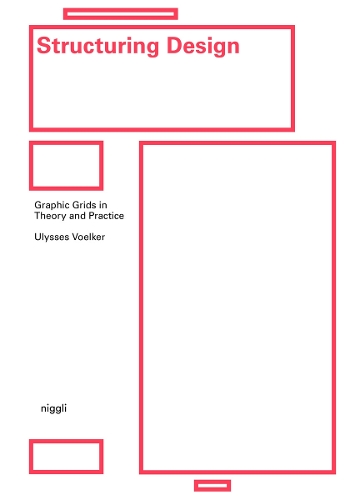
Structuring Design: Graphic Grids in Theory and Practice
(Hardback)
Publishing Details
Structuring Design: Graphic Grids in Theory and Practice
By (Author) Ulysses Voelker
By (author) Michael Schmitz
Niggli Verlag
Niggli Verlag
26th November 2019
3rd October 2019
Switzerland
Classifications
General
Non Fiction
686.22
Physical Properties
Hardback
176
Width 175mm, Height 250mm
620g
Description
In visual communication, contents are arranged, organized, and presented. Design laws and principles that are inherent to every medium ensure that from a distance a novel looks like a novel, an art catalogue like an art catalogue, and a magazine like a magazine. This publication, awarded with the TDC New York "Certificate of Typographic Excellence", offers a compact mix of explanations, practical tips, and background information on the topic. At its centre is the grid as the most important design principle, whose function and application are thoroughly discussed. The grid allows a consolidated approach to a structured design like a blueprint that supports not only faster and easier reading but also better comprehension of information. In a second part, the author discusses the design process itself with answers to seemingly simple questions of what to observe when designing and the sequence of steps. Another chapter focuses on relevant theoretical aspects such as how method and intuition are correlated. The final section contains an extensive glossary.
Author Bio
Ulysses Voelker joined the University of Applied Sciences in Mainz in the year 2000 as a professor for typography and editorial design and co-founder of the research institute Designlabor Gutenberg. After graduating from the HfK Bremen, he initially worked as an art director before establishing his own companies. He received several awards for his work.
